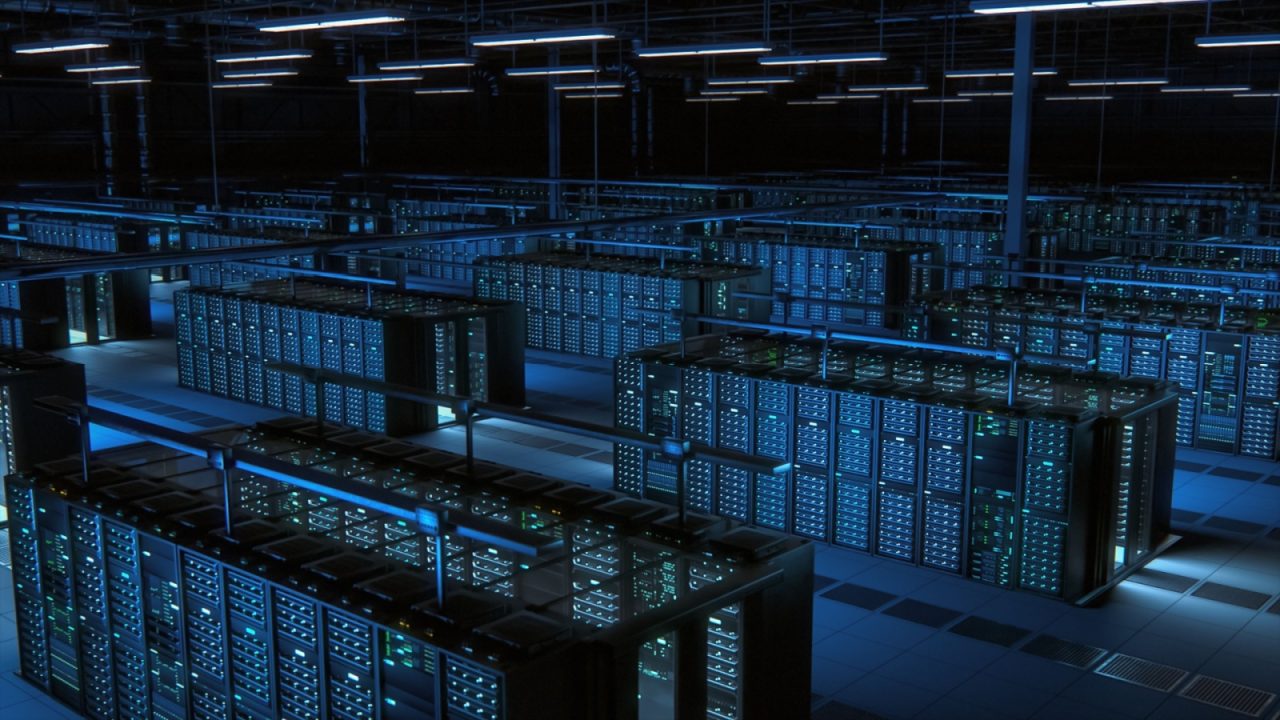Industry experts call it the “Wild Wild West,” and it certainly could be considered a new frontier: private utility locating. While public utility locating is familiar territory, private utility locating is decidedly newer—and already changing rapidly. Public or private, utility location is imperative to safe and cost-effective construction. Hidden utilities can lead to damage, driving up costs and causing unexpected project delays. They can also be dangerous to both workers and the public, causing injuries and even deaths.
The Common Ground Alliance’s 2021 DIRT Report—which compiles information from CGA’s Damage Information Reporting Tool program—found that natural gas and telecommunications were the leading utilities damaged. DIRT received more than 230,000 reports on damages and near-misses in 2021. Clearly, the industry can do better.
CALL BEFORE YOU DIG
Utility location mapping in the United States began in earnest in the mid-20th century, according to GPRS, a private utility-mapping company that was founded in 2001. As postwar development shifted into high gear, the utility industries realized that power, water, gas, phone and other utilities were now being installed in the ground—and there needed to be a better system to prevent service disruptions and accidents.
From the 1970s to 1990s, there was a push to further improve utility locating, says Adam Yunker, GPRS’ sales director for the eastern United States. States began implementing free “call-before-you-dig” locating systems, through which the approximate location of public utilities is marked with paint or flags, so a construction worker doesn’t dig into an underground utility line—with the locating stopping at a homeowner’s or other private owner’s property line. Many states had different call-before-you-dig phone numbers, so in 2005, 811 was established as the universal, nationwide number. Nowadays, 811 is familiar even to the general public.
But 811 only goes so far. Today, there are about 20 million miles of public utilities, according to the Common Ground Alliance, with what Yunker identifies as another 20 million miles in the private space. Public utilities are owned by a utility operator, such as AT&T or Dominion Energy, or a municipality, while private utilities encompass all utilities on private property that the 811 system doesn’t cover, whether that’s an industrial manufacturing area, an office building, a shopping mall or a university.
Public utilities are only required to follow locating practices as outlined in state law. This can be confusing for multistate owners-operators and contractors, as each state has different laws, enforcement standards, requirements and nuances that can contribute to damages or other inefficiencies and costs. Typically, public utilities aren’t required to provide depths, while accuracy is required to a certain tolerance of two feet on either side. Meanwhile, private utility operators are also inundated with requests, says Jamie Althauser, field support director at GPRS, and must fulfill many tickets a day.
ART, SCIENCE AND SKILLSET
Private utility-mapping companies go out to a location, find underground utilities and provide a map to their customer. Some utilities are more common than others. GPRS covers gas, electric, telecommunications, sanitary and sewer, and water lines. But sometimes, private utility companies are contracted to find more unusual utilities, such as underground water tanks for water or unexploded bombs.
Oftentimes, private utility companies must look at the history of the jobsite. “For example, I’m in Central Florida,” Yunker says. “Parts of Central Florida were a bombing range back in the day. Now they’re building schools in some of those areas, so we have to go in and make sure there’s nothing there that would be hazardous.”
Poor historical data can be a major challenge. Many maps of existing utilities are simply not accurate, Yunker says. They can be outdated, missing information or incomplete. This information can serve as a guide, but by no means does it provide an accurate blueprint for finding every utility.
The technology that is actually used to conduct searches can be a limitation as well. Private utility companies use equipment such as electromagnetic locators and ground-penetrating radar (GPR) to search and detect pipes and other materials. But even the latest tech still has a long way to go before it’s able to find all utilities. GPR, Althauser notes, doesn’t see through certain types of soil very well.
“The challenge is when you start mixing all different kinds of electrical conductivities,” Yunker says, “and then you put the groundwater or the frost line into the equation—it can be some really complex data. So, it’s not as simple as just getting a picture of what’s in the ground and now I can see everything there and I can paint it all out and send a map to the customer. There really is an art, science and skillset behind determining what is there and what isn’t there.”
PRIVATE ENTERPRISE
Training and certification are also lacking in the private utility-mapping industry. There are no trade schools or formal training, Yunker says. While there are groups like the American Society for Nondestructive Testing that provide general accreditation and skills courses, as of now there is no certification for private utility locating. That means essentially anyone can set up shop with the right equipment, regardless of their education or experience.
Much of that has to do with lack of visibility of private utilities as opposed to public utilities, which have organizations like CGA advocating for safety and damage protection. The public space also has the advantage of statewide laws and regulations that provide oversight, mandate compliance and impose civil penalties.
“Right now, there are really no local regulations that require services like ours [to] be used,” Yunker says. “Where we see the most stringent regulations are generally companies that had a poor experience or unfortunately had a fatality or near-miss fatality due to a line strike or something regarding underground utilities that could have been prevented.”
Because of these issues, GPRS has helped create the Subsurface Investigation Methodology (SIM) guide, which is an attempt to develop a minimum standard of excellence, training and equipment for the private utility-locating sector. SIM is focused on three areas: requiring private locaters to use multiple locating technologies; a national certification that includes mentorship, classroom instruction and field training; and a step-by-step checklist and methodology that can be used on the jobsite. SIM touts a 99.8% success rate for subsurface damage protection over 250,000 locating projects.
But as experts like Yunker say, regulations and certification for private utility locating still have far to go before they meet standards for safety and training. “The industry in a lot of ways is still the Wild West,” Yunker says. “It’s still such a young industry.”






